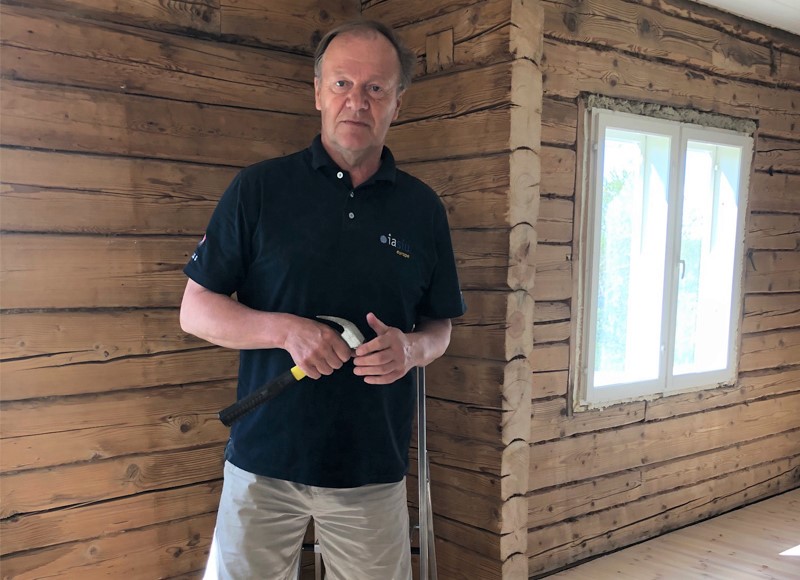
Illegal threats, also known as menace in the Criminal Code of Finland, are to become subject to public prosecution if the victim was at work, according to a recent proposal by the Ministry of Justice. Until now illegal threats have been classified as complainant offences, which require the victim to press charges themselves. Risto Karhunen , head of security and loss prevention at Finance Finland, first pushed for this change nine years ago. It has now taken a major step forward – just as he is retiring.
”We first proposed this change in 2012, and now it finally went through. What a fine time to retire! But seriously: the change means the legal process is no longer only the victim’s responsibility. The employer can handle the judicial process instead. This is a very welcome development, because there are thousands of cases each year”, says Karhunen.
Helping more than just the financial sector
Banks and insurance companies have a zero-tolerance policy for threats. Some offices have occasionally had to hire guards. In the best cases, contacting the troublemaker was all that was needed to end the conflict. In the worst cases, employees have resigned because they felt unsafe.
”In one of the more memorable cases, a customer lost their temper for an invoice of a few dozen euros. The office hired a guard, but this troublemaker spent days loitering in front of the office, intimidating the employees. It was difficult to press charges, because the threats weren’t directed at any single person”, Karhunen recollects.
It has been problematic that the responsibility of demanding punishment has been on the victim. Not only is it burdensome and stressful, but it can also aggravate the perpetrator further. Luckily, the employer can soon take care of the whole process instead.
“Of course, this is not something that only concerns the financial sector. The change will make life easier in retail stores, social insurance institutions, and many other workplaces”, Karhunen notes.
Bank robberies stopped being a thing after the 90s
The safety of bank employees has improved in other ways as well. For example, bank robberies have become practically non-existent thanks to improved security and the declining use of cash.
”In the 90s, the worst figure for a single year was 114 bank robberies. At least one employee got shot. I was working as a police officer back then, and investigating bank robberies was a weekly exercise. These days banks are not attractive targets for robbery”, Karhunen reports.
Switching out the laptop for a hammer
Once illegal threats become subject to public prosecution, it probably marks the final achievement of Karhunen’s career. As the Head of Security and Loss Prevention, Karhunen spent a lot of time investigating fraud.
“I’ve sometimes felt like a parrot repeating the same phrases over and over. If the deal seems too good to be true, it probably is. Don’t give your banking credentials to anyone. And so on. But since the fraud artists have been forced to continually change their methods, the repetition must have had at least some effect. I suppose you could call it education.”
In addition to playing golf and relaxing, Karhunen will start off his retirement days with a house renovation project at his old childhood home. It should keep him busy for a few days. “And my wallet on its toes”, he laughs.